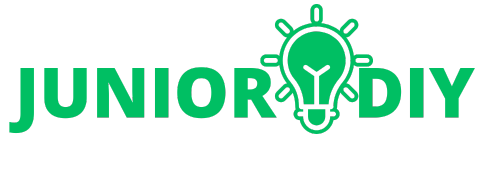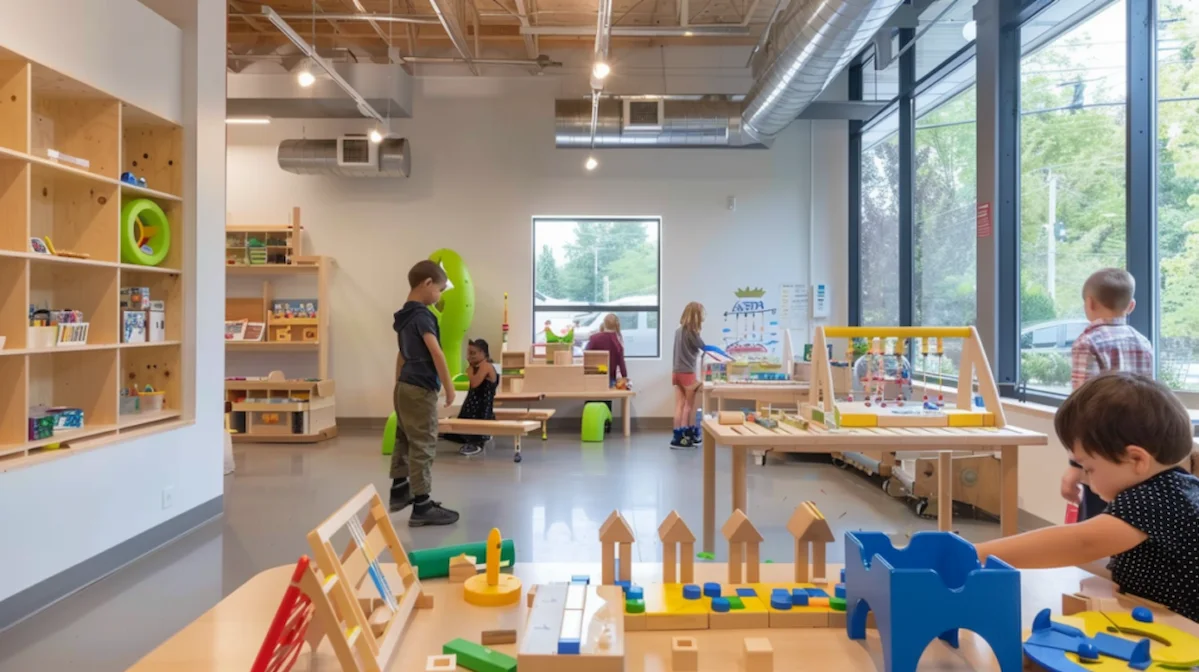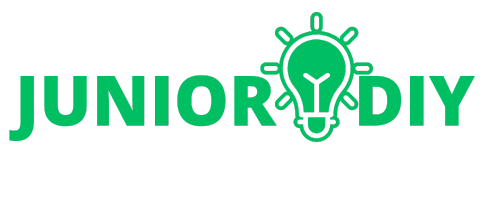Choosing the right tools for kids can turn everyday learning into an exciting adventure. Whether your child loves building, creating, or exploring, the right educational tools can inspire curiosity, build confidence, and encourage hands-on learning. Today’s best tools for kids go far beyond plastic toys—they’re designed to teach real skills in a fun and engaging way.
From STEM kits to art supplies and beginner-friendly building sets, there are countless options that make learning both effective and enjoyable. In this post, we’ll explore the top tools for kids that are not only fun but also support critical thinking, creativity, and early development. Let’s dive into the smartest tools to help your child learn, grow, and have a blast while doing it!
Why Educational Tools for Kids Are More Important Than Ever
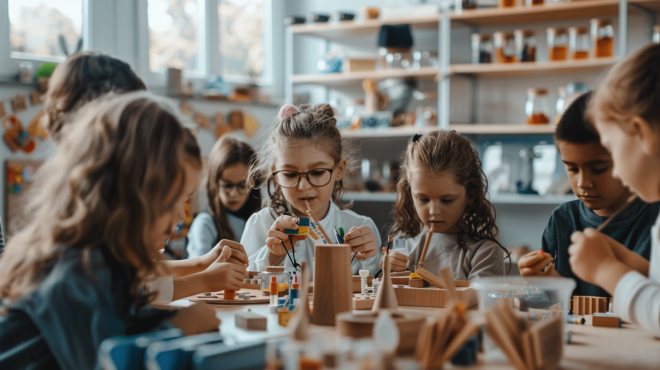
In today’s fast-paced, screen-filled world, having the right tools for kids is more essential than ever. These tools go beyond entertainment—they help children build real-world skills, strengthen developmental milestones, and stay actively engaged in learning. As more families seek screen-free, hands-on activities at home, and as educators adapt to evolving classroom needs, the demand for effective educational tools for kids continues to grow.
When thoughtfully chosen, the right tools for kids can boost creativity, enhance focus, and lay a strong foundation in problem-solving, communication, and critical thinking. They can also promote emotional development and confidence, especially when children complete tasks using real or interactive tools that make learning fun.
Here are a few reasons why educational tools for kids are more important than ever, with examples that support learning at every stage:
1. Develop Critical Thinking and Problem-Solving Skills
- ThinkFun Gravity Maze – teaches logic and spatial reasoning
- STEM challenge cards – spark real-world thinking using simple objects
- Puzzle sets with age-appropriate difficulty – build reasoning skills
2. Support Hands-On, Active Learning
- Play-based tools like LEGO® Education kits
- Water and sand sensory tables
- Montessori-style activity boards with locks, zippers, and gears
3. Enhance Early Literacy and Numeracy
- Magnetic alphabet and number kits
- LeapReader by LeapFrog – promotes reading comprehension
- Counting beads and flashcard sets – hands-on math learning
4. Foster Creativity and Self-Expression
- Crayola STEAM activity kits
- Crafting kits with scissors, glue, and safe tools for kids
- Chalkboards or dry erase writing boards
5. Strengthen Parent-Child and Teacher-Student Bonds
- DIY project kits that adults and kids can build together
- Group-based problem-solving games
- Interactive storytelling tools like puppets or story cubes
By introducing meaningful tools for kids at the right time, parents and educators can turn everyday activities into lifelong learning moments. These tools aren’t just add-ons—they’re essential resources that build future-ready skills, spark curiosity, and make education genuinely enjoyable.
Best STEM Tools for Kids That Make Science and Math

STEM education—science, technology, engineering, and math—is more than just a school subject; it’s a foundation for the future. The right STEM tools for kids make these complex subjects fun, accessible, and hands-on. Whether your child is a budding engineer or simply curious about how the world works, there are incredible tools for kids that bring learning to life through experimentation, problem-solving, and play.
These STEM-based tools for kids help develop critical thinking, logic, spatial awareness, and early math or coding skills—all while keeping kids engaged and excited. Below are some of the best STEM tools designed to make science and math truly enjoyable for kids of all ages.
1. Botley the Coding Robot
- Teaches kids the basics of coding and logic without screens
- Perfect for ages 5+ and promotes sequencing, cause and effect
- Comes with challenge cards, sensors, and obstacle accessories
2. Snap Circuits Jr.
- Allows kids to build real electrical circuits safely
- Introduces concepts like current, resistance, and switches
- Includes over 100 project options and color-coded pieces
3. National Geographic Science Kits
- Includes crystal growing, volcano experiments, and dig kits
- Encourages hands-on scientific exploration
- Easy-to-follow instructions for kids and parents alike
4. Osmo Genius Starter Kit
- Combines physical game pieces with interactive apps on tablets
- Covers math, spelling, drawing, and critical thinking
- Ideal for visual learners and screen-positive families
5. LEGO® Education BricQ Motion Set
- Teaches engineering and motion principles through play
- Encourages trial and error, creativity, and teamwork
- Great for both classroom use and homeschool environments
6. MathLink Cubes or Pattern Blocks
- Hands-on math manipulatives for counting, sorting, and geometry
- Helps visualize number concepts and math patterns
- Ideal for early learners who thrive through tactile play
These fun and educational tools for kids transform STEM from abstract concepts into real-world play. They make science and math approachable while planting the seeds of innovation and curiosity. Whether your child loves building, experimenting, or exploring how things work, STEM tools can turn that passion into practical, lifelong skills.
Creative Educational Tools That Support Imagination and Expression
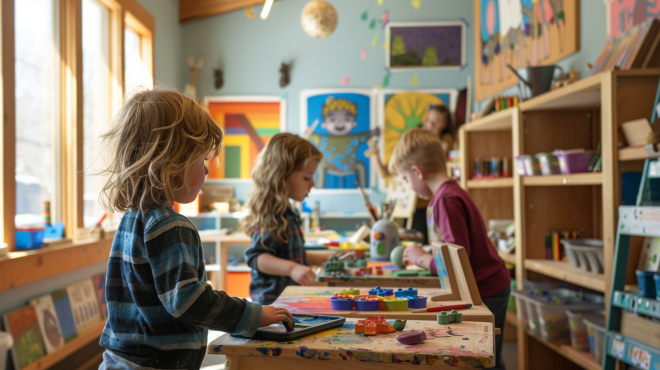
Learning isn’t just about numbers and facts—it’s also about creativity, imagination, and self-expression. That’s why the best tools for kids aren’t only focused on STEM or academics, but also include hands-on activities that nurture artistic thinking, storytelling, and emotional development. When kids have the freedom to create, they gain confidence, develop problem-solving skills, and learn to communicate their ideas in meaningful ways.
These creative tools for kids are designed to support a wide range of artistic interests—from drawing and music to pretend play and building—making learning fun, interactive, and deeply personal.
1. Crayola STEAM Activity Kit
- Combines art and science in one engaging kit
- Includes markers, crayons, and STEAM-focused project guides
- Encourages creativity while reinforcing basic science principles
2. Melissa & Doug Wooden Stamp and Craft Sets
- Supports fine motor skills, pattern recognition, and storytelling
- Includes themed stamps (animals, letters, shapes) and washable ink
- Ideal for preschool and elementary-age kids
3. Magnetic Drawing Boards and Dry-Erase Surfaces
- Reusable surfaces for sketching, practicing letters, or brainstorming
- Great for visual learners and mess-free creativity
- Helps children express ideas freely without pressure
4. Pretend Play Kits (Puppet Theaters, Role-Play Sets)
- Encourages language development, social-emotional learning, and imagination
- Kids can create characters, act out stories, and build empathy
- Sets may include dress-up outfits, toy tools, or kitchen sets
5. Build-and-Create Kits (e.g. Magna-Tiles, Brain Flakes)
- Open-ended tools that support 3D thinking and spatial reasoning
- Allow kids to design structures, patterns, or imaginative worlds
- Boost problem-solving through play and experimentation
6. DIY Musical Instruments
- Use kits or household materials to make simple instruments (drums, shakers, rubber band guitars)
- Helps children explore rhythm, sound, and coordination
- A perfect outlet for kids who are drawn to auditory learning
By incorporating these imaginative tools for kids into daily learning, you give your child the opportunity to explore their ideas freely and develop creative thinking skills that go far beyond the classroom. These tools are not only educational—they’re empowering, expressive, and fun.
Educational Tools for Kids by Age Group
Not all learning tools are one-size-fits-all. The best educational tools for kids are those that match a child’s developmental stage, interests, and learning style. Choosing age-appropriate tools ensures your child stays engaged while building the right skills at the right time. Whether you’re shopping for toddlers, preschoolers, or school-age kids, selecting targeted tools for kids can support fine motor skills, creativity, early math, literacy, and critical thinking.
Below is a breakdown of effective tools for kids by age group, with examples that inspire learning and play at every level:
Toddlers (Ages 1–3)
At this stage, tools should focus on sensory exploration, basic motor skills, and cause-and-effect learning.
- Stacking Cups and Soft Building Blocks – support hand-eye coordination and early problem-solving
- Touch-and-Feel Flashcards – introduce textures, colors, and vocabulary
- Musical Shaker Toys – encourage rhythm, sensory stimulation, and sound recognition
- Busy Boards – safe panels with zippers, buttons, and locks to build fine motor skills
Preschoolers (Ages 3–5)
Kids in this group are ready for more structured learning through play. Focus on tools that encourage creativity, basic math, and language development.
- Magnetic Letters and Numbers – reinforce early literacy and counting
- Shape Sorters and Pattern Puzzles – teach logic and problem-solving
- Pretend Play Kits (doctors, chefs, builders) – develop communication and imaginative thinking
- Arts and Crafts Kits – foster self-expression and fine motor control
Elementary School Kids (Ages 6–10+)
Older children are more independent and ready to explore STEM, creativity, and critical thinking on a deeper level.
- LEGO® Education Sets or Snap Circuits – introduce engineering and hands-on science
- Real Tool Kits for Kids – allow supervised DIY projects with child-safe tools
- STEM Challenge Cards or Puzzle Games – build problem-solving and collaboration skills
- Interactive Reading Pens or Tablets (like LeapFrog) – boost comprehension and vocabulary
When selecting tools for kids by age, always consider safety, challenge level, and learning goals. Matching the right tool to the right age group makes learning feel natural, empowering, and most importantly—fun. Whether it’s a sensory toy for a toddler or a coding robot for a 9-year-old, these tools help children thrive on their individual learning journey.
How to Choose the Right Educational Tools for Your Child
With so many options on the market, choosing the right educational tools for kids can feel overwhelming. But selecting tools that are tailored to your child’s age, interests, and learning style makes all the difference in turning playtime into real learning moments. The most effective tools for kids strike a balance between being fun and developmentally appropriate, allowing children to build key skills while staying engaged.
Before purchasing or introducing new learning tools, consider these essential factors—and explore examples of how the right choice can spark curiosity and success.
🎯 1. Match Tools to Your Child’s Age and Developmental Stage
Choose tools that align with your child’s abilities and milestones. Avoid toys that are too advanced or overly simplistic.
- For toddlers: Soft stacking blocks, sensory bins, and busy boards
- For preschoolers: Magnetic letters, shape puzzles, and art supplies
- For school-age kids: STEM kits, reading games, and kid-safe tool sets
2. Consider Learning Style and Interests
Every child learns differently. Some respond better to visual tools, while others thrive with hands-on exploration.
- Visual learners: Drawing tablets, color-coded math tools, picture-based storybooks
- Kinesthetic learners: Building kits, interactive science tools, role-play gear
- Auditory learners: Musical instruments, talking pens, educational songs
3. Look for Open-Ended, Reusable Tools
The best tools for kids grow with your child and support a variety of activities.
- Examples: LEGO® sets, Magna-Tiles, or STEM challenge cards
- These tools allow for endless creativity and repeated use across age ranges
4. Choose Quality Over Quantity
Fewer, well-made tools offer more value than shelves of unused gadgets.
- Look for products that are durable, safe (non-toxic), and recommended by educators
- Parent-approved picks: Melissa & Doug, Learning Resources, National Geographic kits
5. Involve Your Child in the Selection Process
Letting your child help choose their own tools for kids increases motivation and ownership of learning.
- Let them test out options in stores or watch short demo videos
- Ask what excites them—building, drawing, solving puzzles, or discovering nature
Choosing the right educational tools for kids is about more than checking a box—it’s about nurturing a lifelong love for learning. By considering your child’s needs and interests, you’ll select tools that inspire creativity, build skills, and grow with them over time.
Conclusion: Empower Learning with the Right Tools for Kids
Investing in the right tools for kids is one of the most effective ways to support your child’s development while keeping learning fun, hands-on, and meaningful. Whether it’s STEM kits that spark curiosity, creative tools that encourage self-expression, or age-appropriate toys that build real-world skills, each choice helps shape your child’s growth and confidence.
By understanding your child’s interests, age, and learning style, you can choose tools for kids that inspire imagination, build problem-solving abilities, and promote active exploration. Remember, the best educational tools don’t just teach—they empower. Start with one or two from this list, and you’ll quickly see how the right tools can turn everyday play into lifelong learning.
